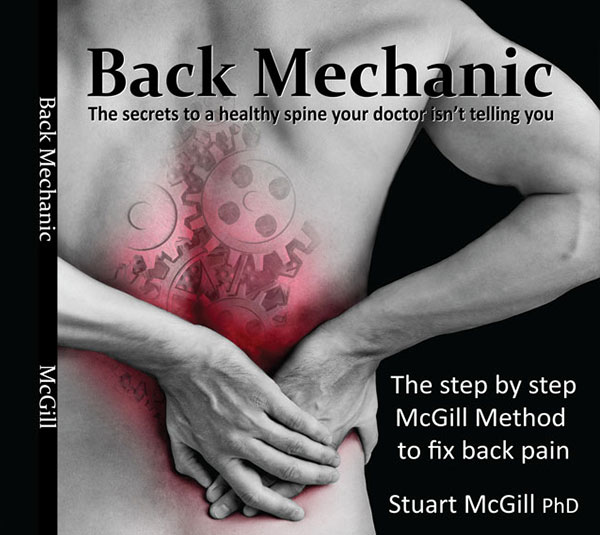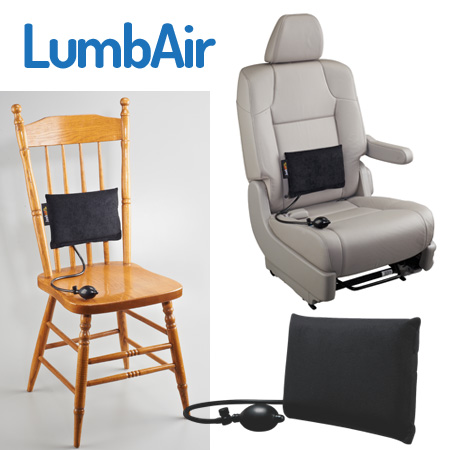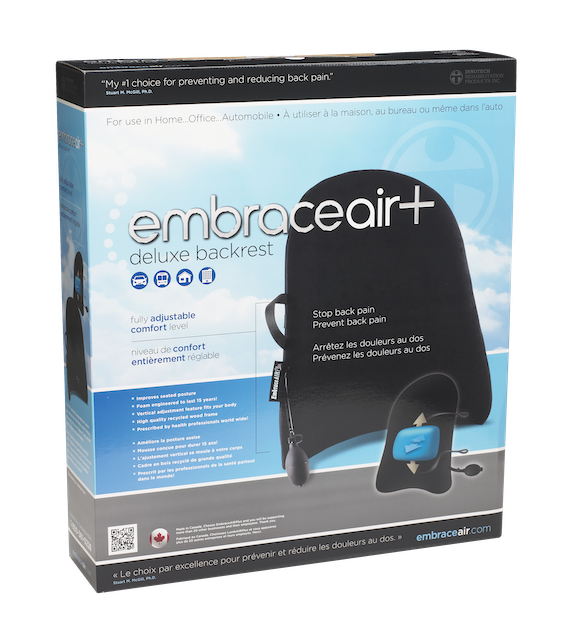09 Jul Inside the Gym with Shawn Frankl – McGill Method Assessment (Part 1)
Article Rundown
- Brian begins Shawn Frankl’s in-gym McGill assessment.
- Focus is on finding pain triggers, not doing exercises.
- Core bracing reduces pain instantly in key movements.
- Sets the foundation for Shawn’s rebuild moving forward.
Inside the Gym with Shawn Frankl
This video is Part 1 of my in-gym assessment with powerlifting legend Shawn Frankl, where we begin breaking down what’s going on with his back using the McGill Method framework. This isn’t a workout. It’s not a rehab session with exercises. This is about identifying what’s causing his pain, how to remove the triggers, and how to build a path forward, starting with what we can learn from movement.
Shawn’s one of the best to ever do it — a world record holder, multiple weight class champion, and one of the most dominant powerlifters of his era. But even the strongest eventually have to pay a price for years under heavy load. Shawn’s been feeling the wear and tear, and like many high-level lifters, he’s looking for a real solution, not a short-term fix.
This is where our work begins.
The Objective: Identify Pain Triggers and Wind Them Down
This session is entirely about assessment — using movement, positioning, and hands-on coaching to identify what’s provoking Shawn’s pain and what movements or strategies might wind it down.
The objective is to:
- Identify which postures and movements are provoking his symptoms
- Discover which ones are neutral or relieving
- Test how core bracing changes his response to those positions
- Start identifying the root cause of his symptoms so we can eliminate it
We’re not guessing. This is a structured process based on proven principles that I’ve used personally and with hundreds of lifters over the last decade.
What This Assessment Includes
Here’s a breakdown of the specific tools and strategies we cover in this first session:
Nerve Flossing
We begin with neural tension tests to assess whether irritated nerve roots or sensitized pathways are contributing to his symptoms. By gently loading and unloading certain movements, we get a clearer picture of what’s contributing to his discomfort.
Disc Palpation and Thermal Mapping
Using light pressure and palpation around the spine, I walk Shawn through a process I’ve used with many clients: identifying which areas feel “cold,” “warm,” or “hot” — indicators of how sensitive or reactive certain spinal segments are. This helps us localize which areas are contributing most to his pain experience.
Positional Provocation Testing
We move Shawn through a variety of positions and transitional movements — seated, side-lying, standing, flexed, extended — and I ask him to describe the difference in symptoms. We’re watching for instability, sudden increases in discomfort, or positions that may actually help calm the pain down.
Core Bracing Application
One of the most powerful teaching moments in this session is when I guide Shawn through proper core bracing. Once he understands how to lock his spine into a stable position using full-body stiffness, we retest some of the same movements. The difference is immediate. Movements that were painful just minutes earlier are now much more tolerable — or completely pain-free. This confirms that the issue is not just position, but how he’s stabilizing his spine during movement.
Why This Matters
Too many people jump into corrective exercises or treatment plans without first understanding the mechanism behind their pain. That approach doesn’t work long term. You have to identify the specific triggers, eliminate them, and then rebuild movement competency from the ground up.
In this session, I’m not just coaching — I’m helping Shawn connect the dots. He’s learning how his movement patterns, posture, and bracing strategy all affect his pain levels. Once he understands the cause, he can take control and start managing it himself.
This is the first step toward long-term durability.
Real Coaching, Real-Time Feedback
This is how I run my assessments. I observe, I ask questions, I make real-time adjustments, and we learn from the body’s response. Every rep and every position is telling us something. It’s my job to listen, interpret, and guide the lifter toward better movement.
What you see in this video is the same process I use with all of my clients — from pro athletes and world-class lifters to everyday people who just want to get out of pain.
Final Thoughts
It’s an honor to work with someone like Shawn Frankl — not just because of what he’s accomplished, but because he’s willing to go back to square one and do what it takes to get better. That humility and mindset are exactly what this process demands.
If you’re dealing with back pain, instability, or repeated setbacks in your lifting, this video is a great place to start. You’ll see how to think differently, assess more clearly, and move in a way that protects your spine instead of provoking it.
For coaching, resources, or to schedule your own assessment, head over to PowerRackStrength.com. And if you haven’t yet, grab a copy of Back Mechanic and Gift of Injury — both are required reading for lifters who want to stay in the game for the long haul.











Sorry, the comment form is closed at this time.